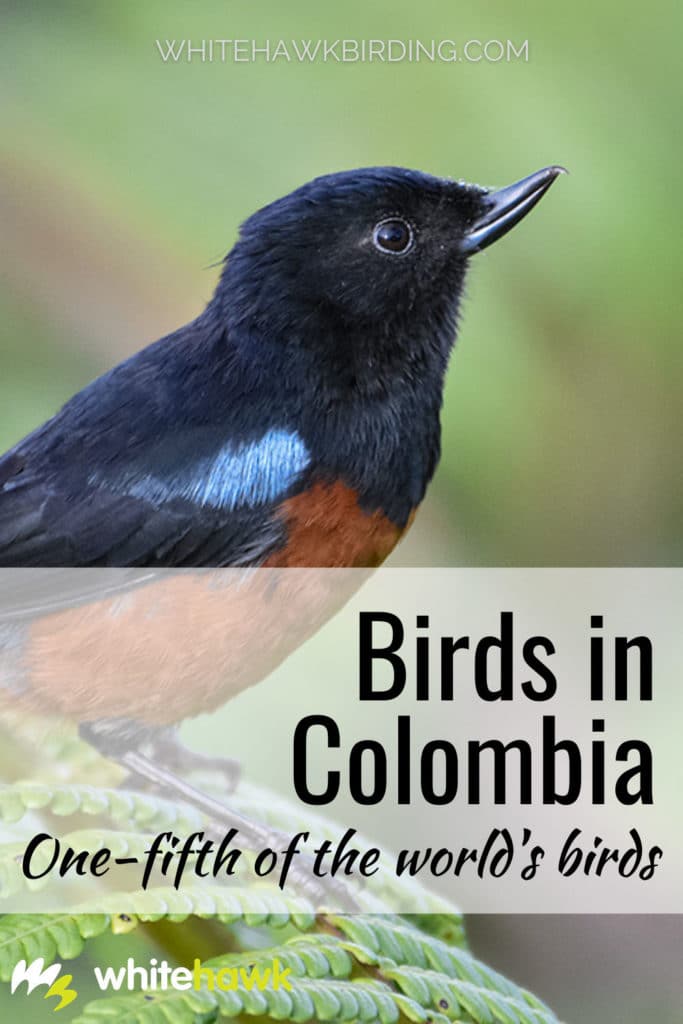Colombia is one of the 17 megadiverse countries in the world. This is due in part to the exceptionally high number of birds. Actually, Colombia holds about 10% of global biodiversity. It boasts the highest number of orchids, and the second in the number of plants, amphibians, butterflies, and freshwater fish. The richness of birds in Colombia also puts this country in first place in terms of the number of bird species. It holds approximately one-fifth of all the birds in the world.
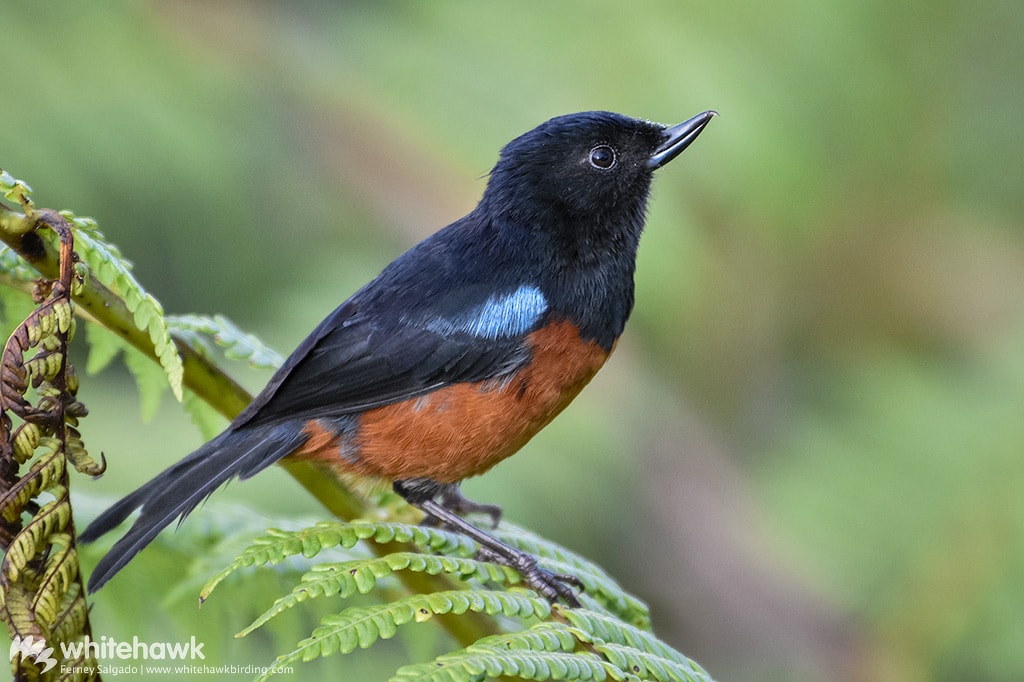
The country with one-fifth of the world’s birds
A recent update of the list of birds in Colombia showed that this country has 1,954 species. Colombia has 19.5% of worlds 10,000 bird species. If we reduce our scale to South America, a continent that has 3,435 birds, more than half of the birds can be found in the Colombian territory.
The fortune of this biodiversity-rich country is due to several factors. Its proximity to the equator, two oceans (the only country in South America), and several ecosystems: different mountain ranges, Amazon, Guianan Shield, Choco, and the Los Llanos wetlands all contribute to Colombia’s high biodiversity. The Andean mountain range splits into three unique mountain ranges in Colombia. This creates diverse Inter-Andean valleys, paramos, and Andean forests with unique characteristics depending on the range and slopes.
The Sierra Nevada de Santa Marta is recognized as one of the irreplaceable places on the planet. This mountain range is located on the Caribbean coast. It is independent of the Andean mountain range and has an extraordinary number of endemic birds. The Choco is a lowland ecosystem along the Pacific slope. It is isolated from the other lowlands of South America by the Andes mountain range. This natural barrier generates high endemism in plants, butterflies, and birds.
Endemic birds in Colombia
Although Colombia led the number of birds, it does not hold the highest number of endemics birds in South America. Colombia contributes 14% of the 561 endemic birds exclusive to South American countries. Brazil and Peru far exceed the number of endemic birds.
Many of these endemic birds in Colombia have very restricted ranges. One of the most range-restricted species is the Buffy Helmestcrest. We can only find this hummingbird in the high-elevation paramo of Nevados del Ruiz in the Central Andes. Antioquia Wren, Dusky-headed Brushfinch, Santa Marta Parakeet, Chestnut-capped Piha, and Magdalena Tapaculo are other species with very small ranges in Colombia.
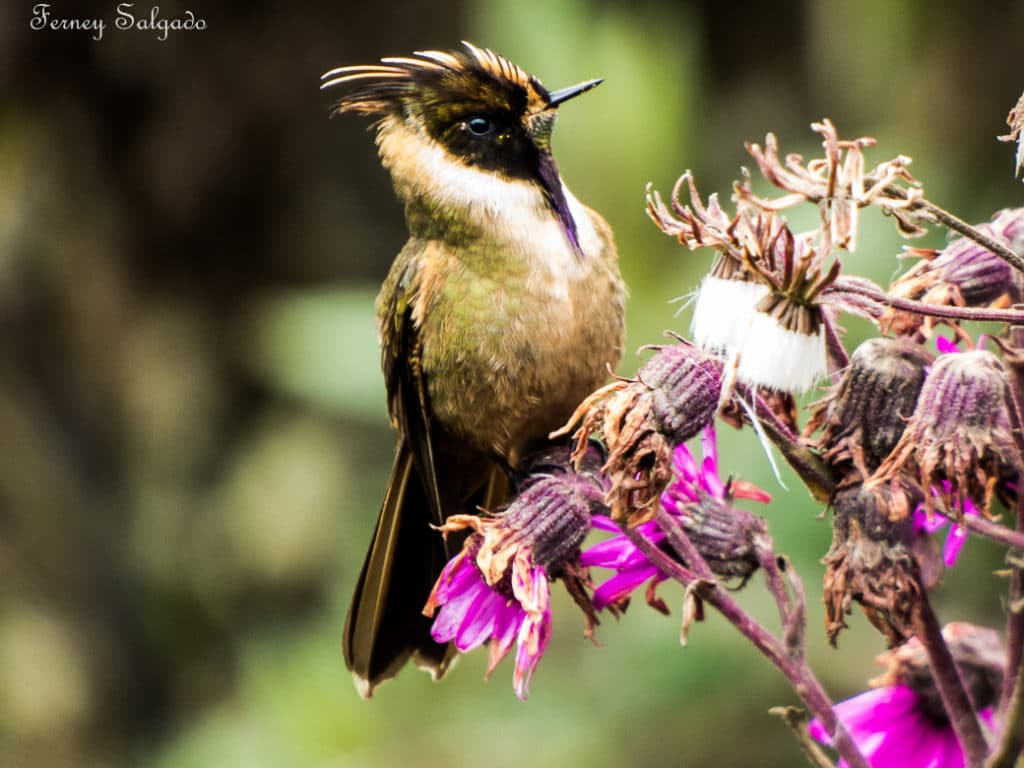
the IUCN considers many of these range-restricted and endemic birds in Colombia to be at risk. The Cundinamarca Antpitta, Bogota Rail, and Gorgeted Wood-Quail are all Endangered, and the Blue-billed Curassow is Critically Endangered. Sadly, there is one endemic bird in Colombia that is extinct. The last record of the Colombian Grebe was in the 1970s in Lake Tota (Department of Boyaca).
The Archipelago of San Andres, Providencia, and Santa Catalina, located in the Caribbean Sea near Nicaragua, is also a department of Colombia. Here we find a subspecies of a Caribbean hummingbird, the Green-breasted Mango. Two species of vireos are endemic to this archipelago. On the largest island, we find the San Andres Vireo. On Providencia Island, we can find the “Providencia Vireo”. However, the latter is a subspecies of Mangrove Vireo, but some taxonomic authorities consider it a distinct species.
Near-endemic birds in Colombia
Colombia shares most of its ecosystems with neighboring countries. So of course, we can expect to find species endemic to these shared regions, but not exclusively in Colombia. A term widely used in Colombia for these birds is near-endemic. However, scientists use the term to describe those birds that have more than half of their distribution in a country, with minor extension toward one or more neighboring countries. Ecuador and Panama shared the most near-endemic birds on the Pacific slope, in the Choco region.
Panama
The Choco-Darien región on the border with Panama are several regional endemic birds such as Pirre Hummingbird, Beautiful Treerunner, Green-naped Tanager, Dusky-backed Jacamar, Black Oropendola, and Viridian Dacnis. Others, such as the Southern Bentbill, White-headed Wren, and Spot-crowned Barbet, have a relatively wide distribution between the two countries.
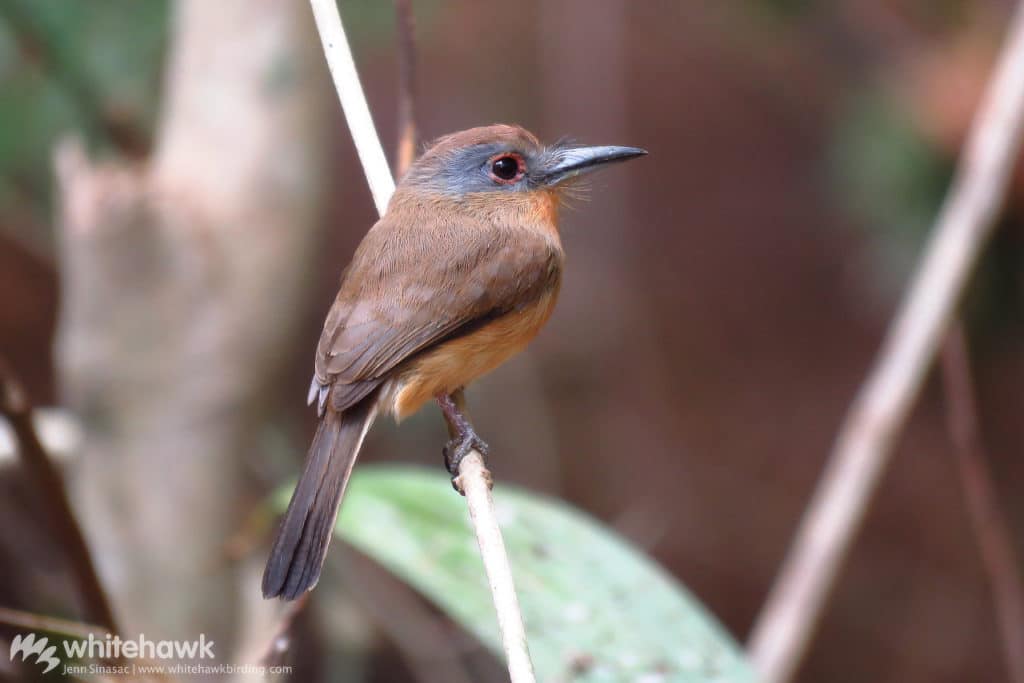
Ecuador
More than 80 species of birds are found only in Colombia and Ecuador. Many of them are from the Pacific slope region and the Andean region. We can find Five-colored Barbet, Blue-tailed Trogon, Plumbeous Forest-Falcon, and Scarlet-breasted Dacnis on the Pacific slope of Colombia and Ecuador. The Andean region has unique birds shared between the two countries, such as Black-backed Bush Tanager, Choco Vireo, Purplish-mantled Tanager, Carunculated Caracara, among many others.
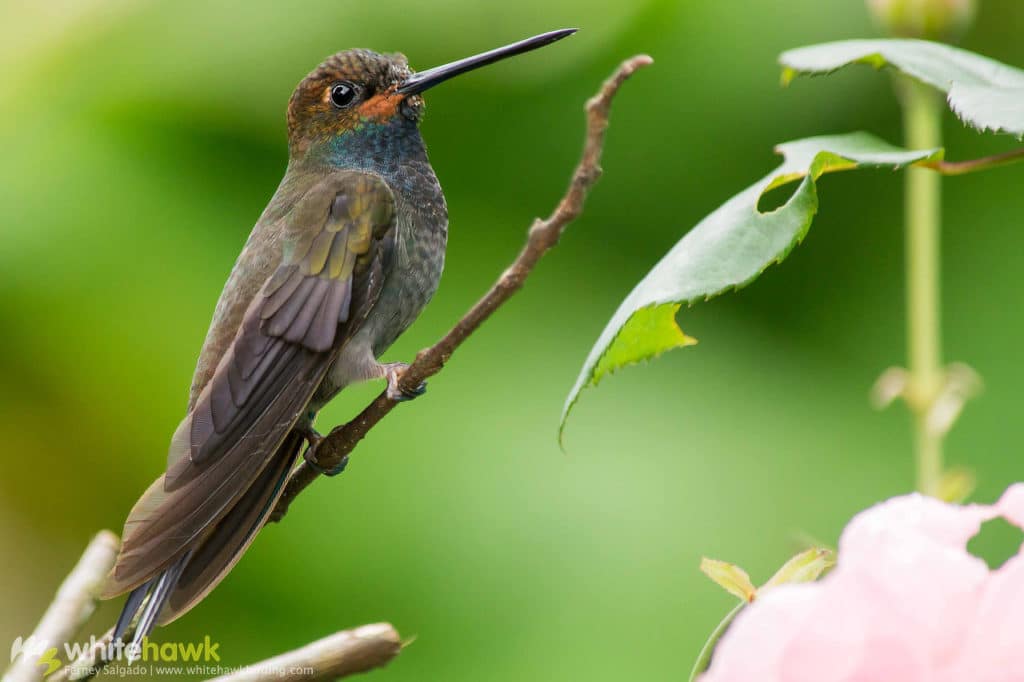
Venezuela
At the eastern end of the country, Colombia shares several impressive ecosystems with Venezuela. These regions host several special species shared between Colombia and Venezuela. In the arid zone close to the coast, the Tocuyo Sparrow and Vermilion Cardinal are specialties of Colombia and Venezuela. If we continue south, along the most extensive land border in Colombia, we will find the Serranía del Perija. This mountain range has four regional endemic birds that even have “perija” in their names: Perija Metaltail, Perija Brushfinch, Perija Thistletail, and Perija Antpitta. Other birds with greater distributions in Colombia cross to Venezuela in this region: Bar-crested Antshrike, Black-fronted Wood-Quail, and the very rare Recurve-billed Bushbird. Other regions with fewer specialties are the Venezuelan Andes and the Orinoquia with birds as Bronze-tailed Thornbill and Masked Cardinal, respectively.
National Bird of Colombia
Since pre-Columbian times, all Andean cultures have revered the Andean Condor for its great size and majesty of its flight. In fact, the name “condor” derives from the Quechua word Kuntur, which means vulture. Even today, the condor is an iconic bird for several countries of South America. Furthermore, it is the national bird of Colombia, Ecuador, Bolivia, and Chile. Its name even served to denominate the former currency in Chile and Ecuador.
The Andean Condor holds the records for the largest wingspan of any raptor (3.5 meters) and heaviest flying raptor (15kg). As a scavenger, the Andean Condor plays a very important role in its environment, reducing disease and keeping it clean and healthy.
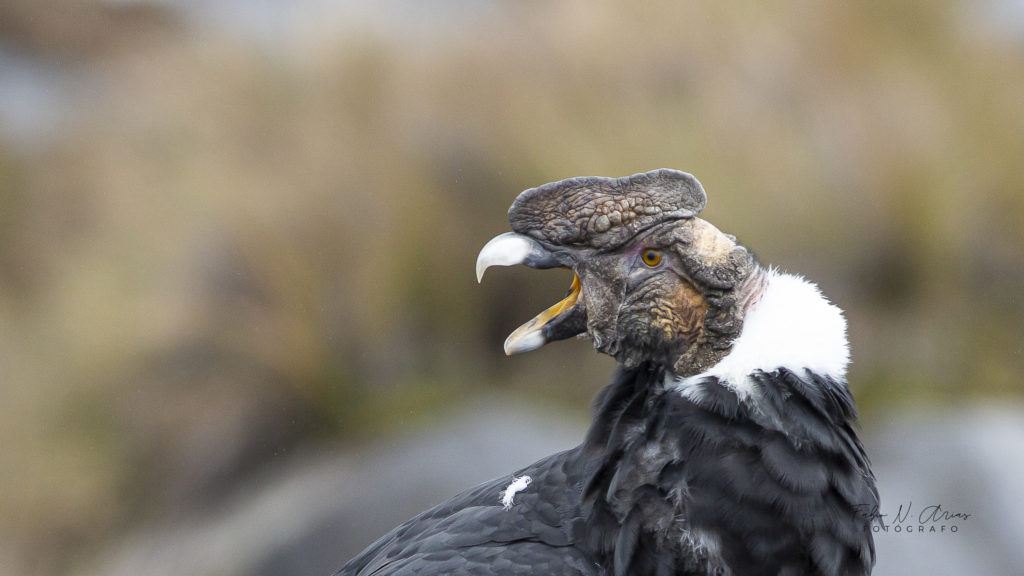
In spite of its cultural and ecological importance, it is a threatened bird. Some of the treats are loss of habitat, poaching, the use of toxic pesticides by farmers, and food availability. For all these, the IUCN considers the Andean Condor a Vulnerable species. In Colombia, the Andean Condor is critically endangered. Scientists estimate its population at only 130 individuals. Recently, researchers carried out the first national census of the Andean Condor with the participation of more than 180 volunteers. Through efforts like this, biologists and conservationists can learn more about their populations in the different regions of Colombia and act accordingly.
Colombia: a birder’s paradise
Colombia is undoubtedly a pivotal destination for birders. A fifth of the world’s birds is a good incentive to visit this country. Colombia is aware of its potential for bird watchers. Therefore, eco-lodges and reserves offer the best experience for birding. Join us for our Colombia: Three Andean Mountain Ranges tour. You’ll have the chance to see more than 25 Colombian endemic birds!

